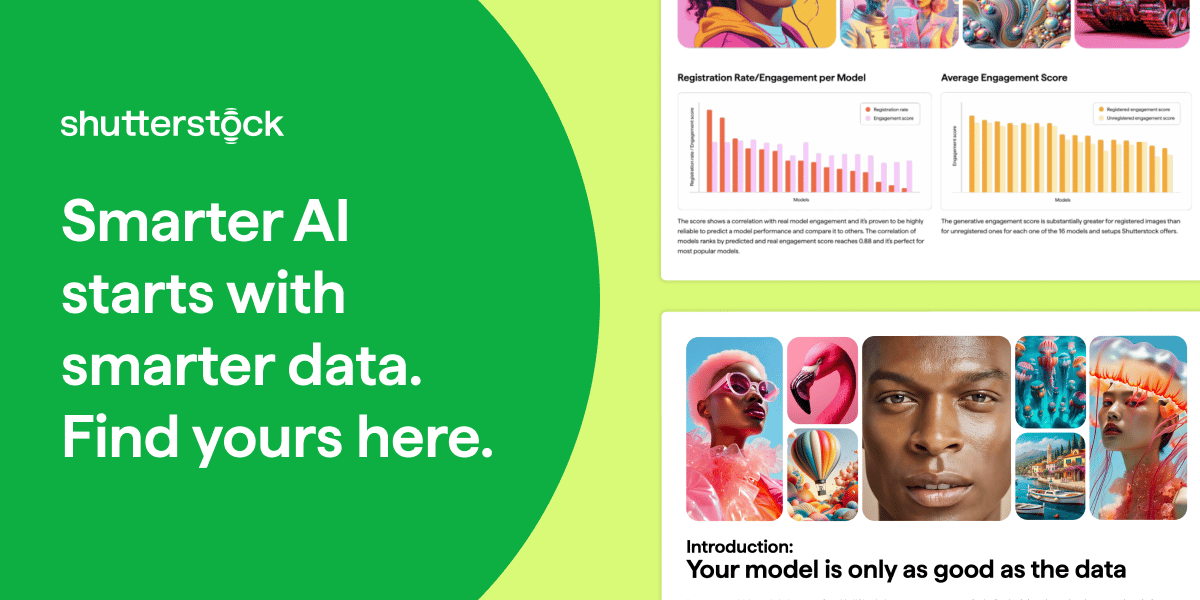- Altruistic Byte
- Posts
- Celebrating Low-Tech Applications
Celebrating Low-Tech Applications
Brutally simple solutions allow changemakers to overcome critical barriers that seem impossible to tackle.
💖 This Week's Byte
The basic, low-tech implementation of information collection and dissemination mechanisms works surprisingly well, even in 2025. It can be a USSD-based mobile communication or a simple website. These brutally simple solutions allow changemakers to overcome critical barriers that seem impossible to tackle.
📊 Did You Know?
ITU estimates that only 68% of the world’s population was using the internet in 2024. For the remaining 42%, non-Internet remote communication tools like USSD (Unstructured Supplementary Service Data) can be critical for digital inclusion. Note that USSD services work on any mobile device and require no internet connection, making them accessible for remote, low-income users.
📖 Simplicity Brings Scalability
Poor internet infrastructure and digital literacy often become significant hurdles in development initiatives. If that’s the case, why don’t we use more solid, old-fashioned mobile technologies instead? From remote education to farmer empowerment, USSD-based communication has made the ideas surprisingly scalable.
Technological interventions can be as simple as building a website, where users can find a curated set of basic information aligned with their immediate needs. For instance, refugees urgently seek essential information about their host country, which can be provided by a tailored web platform. Here, quality matters, so digital accessibility would be more important than the use of state-of-the-art technologies like AI.
Simply collecting and disseminating specific data/information to targeted users can be extremely powerful, even before employing algorithms. It can be particularly a big game-changer in urgent scenes, e.g., for maternal healthcare or child protection.
Sponsored
Training cutting edge AI? Unlock the data advantage today.
If you’re building or fine-tuning generative AI models, this guide is your shortcut to smarter AI model training. Learn how Shutterstock’s multimodal datasets—grounded in measurable user behavior—can help you reduce legal risk, boost creative diversity, and improve model reliability.
Inside, you’ll uncover why scraped data and aesthetic proxies often fall short—and how to use clustering methods and semantic evaluation to refine your dataset and your outputs. Designed for AI leaders, product teams, and ML engineers, this guide walks through how to identify refinement-worthy data, align with generative preferences, and validate progress with confidence.
Whether you're optimizing alignment, output quality, or time-to-value, this playbook gives you a data advantage. Download the guide and train your models with data built for performance.
💘 Your Altruistic Agenda
✅ Assume you suddenly lose access to the internet. What kind of online services you use daily (e.g., search, social media, music, video, mobile banking) can be replicated by USSD applications in this situation? Explore its possibilities, limitations, and risks.
🇲🇼 How has one of the poorest countries in the world made strides toward digital transformation? Learn from firsthand insights, stories, and facts.
🤖 It’s the era of AI, but what does it mean in the development context? Get inspired by case studies.
❓ How Did You Like Today's Newsletter? |



Reply